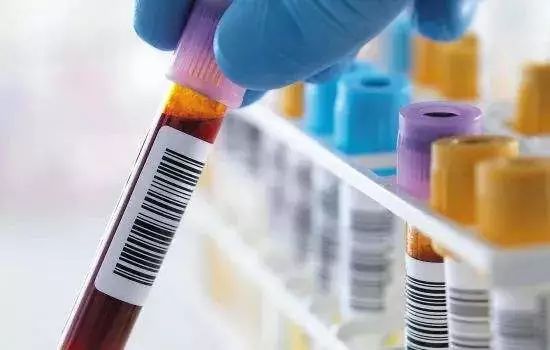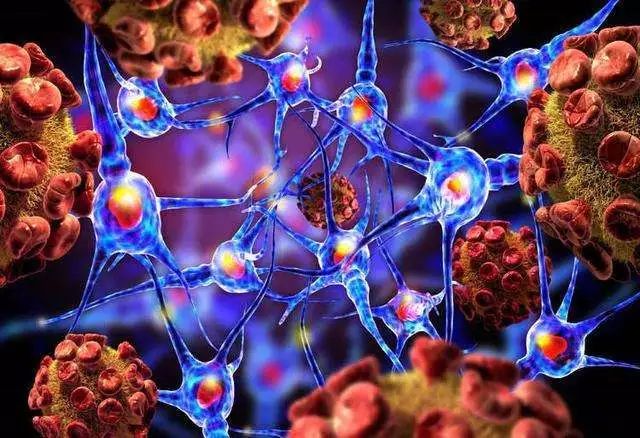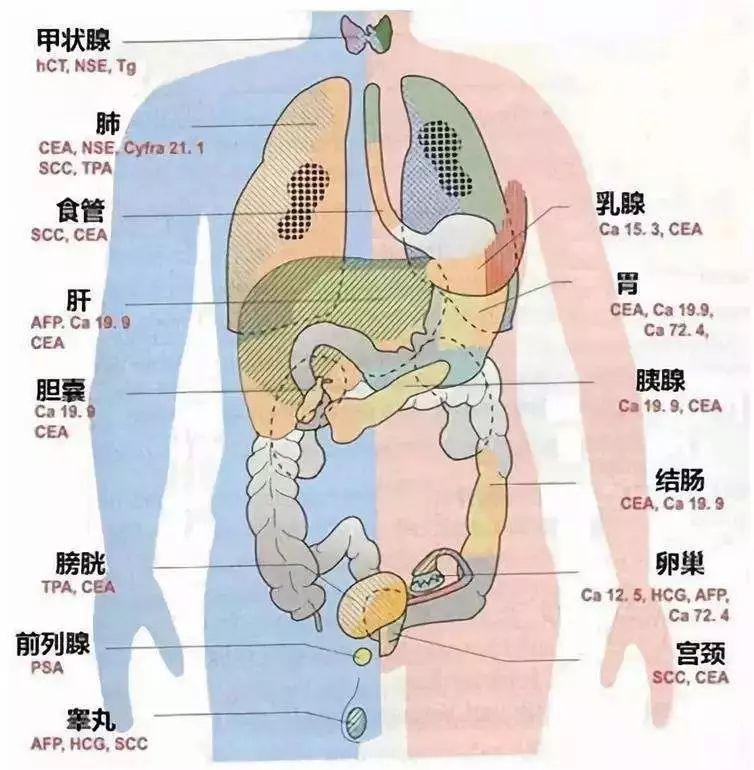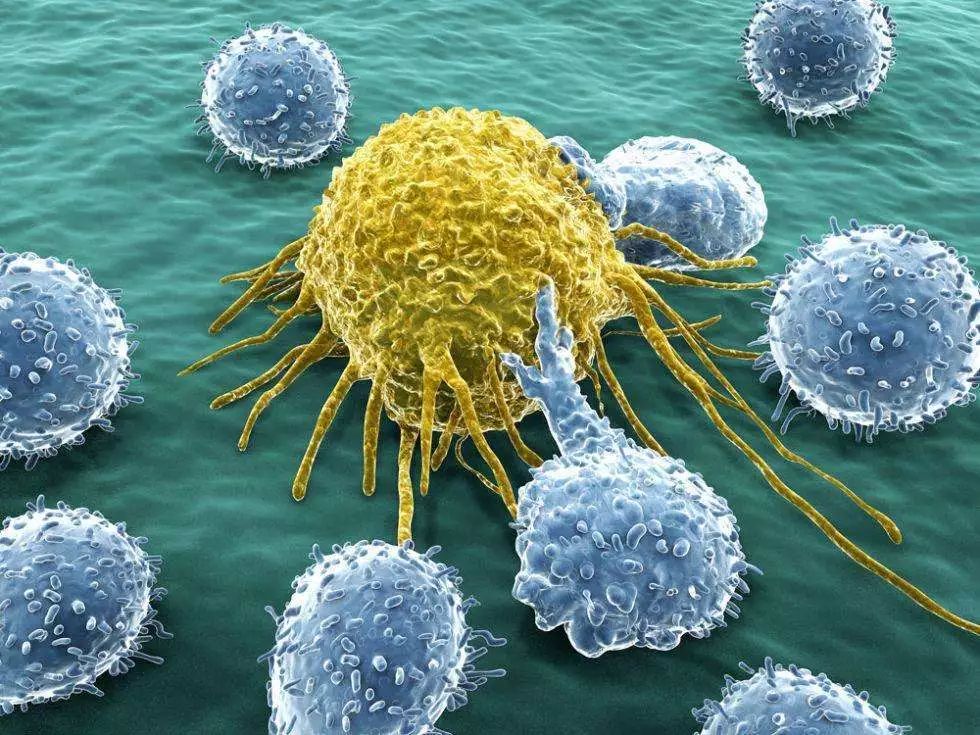Every spring, many people receive medical examinations.
It’s not hard to find on a medical examination report that there are new items in tumor screening, including Alpha fetoprotein (AFP), Carcinoembryonic antigen (CEA) and Carbohydrate antigen (CA-125).

When these tumor-related items are listed in medical examinations, more and more people feel confused. First, the items are complex and difficult to read; second, most people don't understand the meaning behind these items. Is it true that tumor marker within normal range shows no tumor? If the tumor marker level is abnormal, you must have a tumor? When the tumor marker is positive, it means cancer? Regarding tumor marker test, many people have questions.
Therefore, we invited Dr. Liu Shupeng from the Fuda Cancer Hospital•Jinan University to answer these questions.

Q1: What is a tumor marker test for?
A1: Many people are scared when they see that their "tumor marker" level is above the normal range. So, what exactly is a tumor marker? What is the significance of the test? According to Dr. Liu, the test is actually a kind of applied scientific method to detect substances present in blood, cells, tissues or body fluids, which are related to tumors. The most common tumor markers include AFP, CEA, CA 125, etc.

Tumor markers can indeed reflect the presence of tumors to some extent, and the level of certain tumor markers can also reflect the stage of tumor and the size of tumor burden. But so far, no tumor has a 100% specific marker. In other words, no marker can 100% find out a tumor. “Many tumor markers are relatively low-specific, so screening for certain cancers with markers is sometimes like finding a needle in a haystack.”
Q2: Is there a close relationship between tumor markers and cancer?
A2: There is a certain relationship but they cannot be completely linked to each other. Since tumor markers are associated with cancer, when they are found with positive result, people are particularly nervous. Some people might even think they have cancer. In this regard, Dr. Liu said that tumor markers did have a warning effect, but they cannot be used as the main diagnostic basis for tumors. During physical examination, high level of tumor marker does not necessarily indicate a tumor, but it’s a reminder for us to pay more attention to our health. Elevated tumor marker level is also detected in non-neoplastic conditions: chronic hepatitis, benign prostatic hyperplasia, endometriosis, and taking certain drugs may also interfere with the test results. To put it another way, when you have a tumor, tumor markers are not necessarily high. Now, the specificity of high-specific alpha-fetoprotein (AFP) for liver cancer is only 70%. In other words, about 70% of patients with primary liver cancer will have abnormal tumor marker level and the remaining 30% is normal.

Dr. Liu said that the diagnosis of tumors cannot rely solely on the tumor marker test. Only the continuous observation of the dynamic changes of markers can be used as a basis for judgment. If you have a history of tumor-related disease, or if the markers continue to rise in subsequent follow-up examinations, then you should be vigilant and need further CT, B-ultrasound and other tests. In particular, a pathological examination is required to confirm the diagnosis.

Several common tumor markers
Currently the most commonly used tumor markers are: alpha fetoprotein (AFP), carcinoembryonic antigen (CEA), cancer antigen 125 (CA125), cancer antigen 153 (CA153), prostatic acid phosphatase (PAP), etc. What do these markers mean, and how do we understand them? Dr. Liu tries to interpret them in a simple way.

First, alpha-fetoprotein (AFP)
Normal range is 0-8 U/mL: AFP is the best marker for the diagnosis of primary liver cancer; the diagnostic positive rate is 60% to 70%. Give serum AFP>400 U/mL for 4 weeks, or 200-400 U/mL for 8 weeks, the diagnosis of primary liver cancer can be made, referring to imaging examinations.
For Liver cancer (mostly), very few testicular cancers and ovarian tumors, AFP is the best marker with a sensitivity of >80%. In other words, >80% primary liver cancer can be found through the anomaly of this marker. The normal range is less than 5.8 U/mL. If the marker reaches 400 U/mL for consecutive 4 weeks, a tumor can be confirmed.
Exception: chronic hepatitis as well as the active period of hepatitis may also cause the elevation of AFP.

Second, carcinoembryonic antigen (CEA)
Normal range 0-5 U/mL; CEA is a glycoprotein embryo antigen found in fetal and colon cancer tissues, belonging to a broad-spectrum tumor marker. The positive rate of CEA in malignant tumors is 70% (colon cancer), 60% (gastric cancer), 55% (pancreatic cancer), 50% (lung cancer), 40% (breast cancer), 30% (ovarian cancer) and 30% (uterine cancer). It targets at: bowel cancer (mostly), gastric cancer, few breast cancers, lung cancer and cholangiocarcinoma.
CEA is mainly targeted at gastrointestinal epithelial tumors, and it’s significant for the discovery of intestinal cancer. About 70%-80% of patients with intestinal cancer have abnormal CEA blood level. CEA is highly specific, so if it’s more than 10 U/mL, patient can basically be diagnosed with malignant tumors.
Normal range 0-39 U/mL for these diseases: pancreatic cancer, gallbladder cancer, stomach cancer and intestinal cancer; the positive rate of CEA in patients with pancreatic cancer is 80%-90%, gastric cancer about 50%, colon cancer about 60%, and liver cancer about 64%.
Exception: Chinese pancreatitis, cholecystitis, cholestatic cholangitis, cirrhosis, hepatitis and so on may also lead to the elevation of CEA.
Third, cancer antigen 125 (CA125)
CA125 is an antigen present in epithelial ovarian cancer tissues and serum, and is the most studied ovarian cancer marker. It has important significance in early screening, diagnosis, treatment and prognosis. The sensitivity of CA125 to ovarian epithelial cancer can reach about 70%.
Normal range 0-8.5 U/mL % for these diseases: ovarian cancer (mostly), breast cancer, pancreatic cancer, gastric cancer, etc. This marker is especially important for women because it’s an internationally recognized major antigen associated with ovarian cancer. Exception: endometriosis, pelvic inflammatory disease, adenomyosis, ovarian cysts, etc. In addition, CA125 may be elevated during the first trimester of early pregnancy.
Normal range of Prostate Specific Antigen (PSA) is 0-6.5 U/mL for prostate cancer. This marker is mainly for the male prostate. Exception: prostatic hypertrophy, prostatitis, kidney and genitourinary diseases may also raise PSA levels.

Fourth, cancer antigen 15-3 (CA15-3)
CA15-3 can be used as an indicator for breast cancer assisted diagnosis, postoperative follow-up and metastasis. Its sensitivity to early breast cancer is 60%, 80% to late-staged cancer, and 80% to metastatic breast cancer.

Fifth, prostatic acid phosphatase (PAP)
Elevated PAP blood level in prostate cancer is an important indicator for the diagnosis, staging, efficacy observation and prognosis of prostate cancer. However, prostatitis and benign prostatic hyperplasia may also cause the elevation of PAP.
The positivity of tumor markers may not caused by cancer. Since 100% specific tumor markers are still not found, each tumor marker has a certain false positives, so the positivity of tumor markers should be further examined in the hospital.
Dr. Liu said that if one marker is slightly elevated, it’s not necessary to be nervous. The test result should be analyzed by a specialist to exclude some other factors. Then receive a reexamination after one to two months. If the dynamic test results continue to rise (generally, an increase of more than 2.5% is significant), it suggests that there may be a tumor, and imaging examinations should be performed in time. Generally, mild increase (not too much than the normal reference value) means the possibility of tumor occurrence is relatively low, and then you can consider further examination, or dynamic observation. So no need to be nervous, but do pay attention to the changes of test results. Moderate to severe elevation or continuous elevation of multiple markers suggests a highly possible occurrence of tumor. Then please see a doctor as soon as possible.
Usually, the clinical manifestations of tumors are not specific, and many patients may be diagnosed with middle and late stage cancer when they find abnormality, losing the best treatment opportunity. To enhance self-care awareness, a regular physical examination is useful in early detection of cancer.